30 April 2015
The View From A Window at Le Gras Keeps Changing How We See the World
Posted by Dan Satterfield
You must admit, It’s not a very good photo, but there is good reason for that, because it’s the first one.
Ever.
Joseph Neipce took it in Saint-Loup-de-Varennes in France, and he called it “A view from a window at Le Gras”.
That photo was made a few weeks after the death of Thomas Jefferson in the summer of 1826, and while it may not look like much the science of photography advanced rapidly. By the outbreak of the Civil War, decent black and white images were common place, and I’ll bet you have not seen the image below taken in 1861.
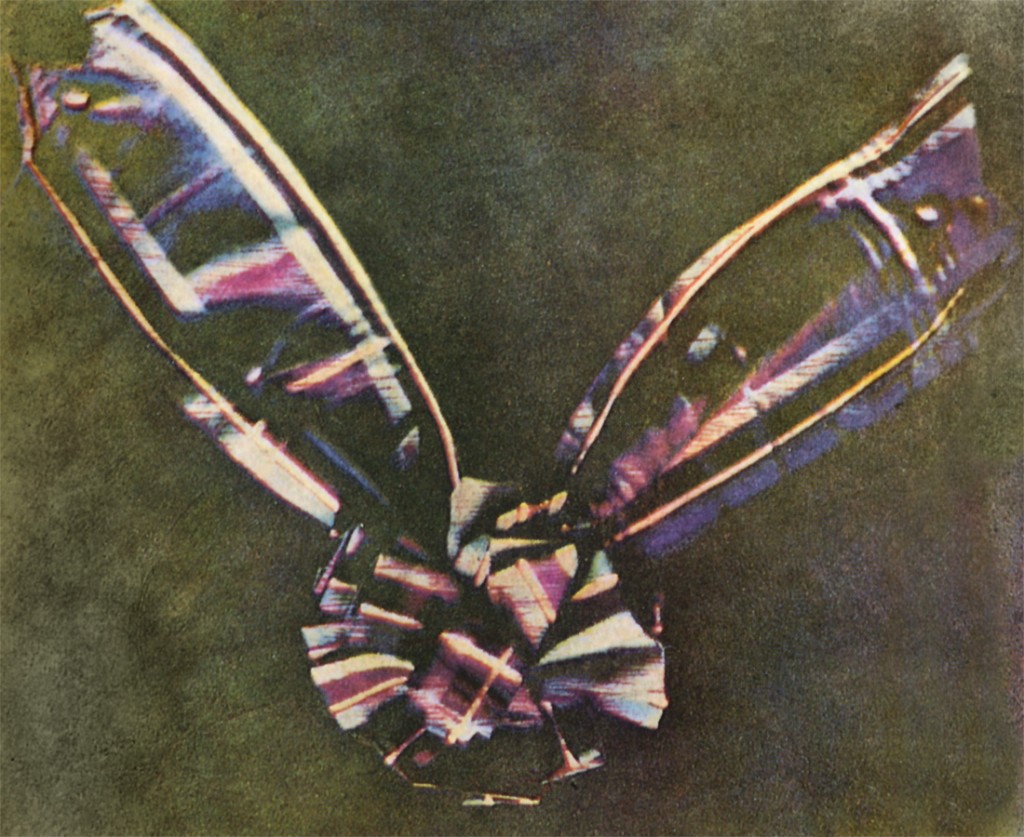
This is accepted as the world’s first color photograph. Abraham Lincoln was President of the United States.
By the summer of 1877 color photography was improving, and we could see an image in color of a sunny day in Paris.
By 1912 color photos were still experimental but were much better. The image below was taken 2 years before the outbreak of the World War One.
You probably have not seen those photos before but you HAVE seen the pictures below.They changed, and are still changing, how people understand and think about their world.

A gunshot from Lee Oswald hits President Kennedy, and travels through Texas Gov. John Connolly in Dallas. This home movie, and modern computers made it possible trace the bullets to the 6th floor window of the Texas School Book Depository.
Cameras have gotten lighter, smaller, and more sensitive, and everyone now has a camera in their pocket that shoots 30 high-resolution color images every second. I wonder if Joseph Niepce had any concept of how that photo he developed on a sunny day in Paris in 1826 would change the world. Matthew Brady knew by 1860, but Abraham Zapruder had no idea as he stood in Dealey Plaza in Dallas, on a perfect fall afternoon.
Apollo 8 Astronaut Bill Anders saw a view that changed how he thought about Earth, and the photo he hurriedly snapped in December 1968 would change how everyone afterwards thought about our planet as well. That one image is credited with the inspiration for the first Earth Day in 1970.
In many ways, 2015 is starting to feel a lot like 1968 to me, and the common thread is the unblinking eye of the camera. CBS News legend Dan Rather was in Dealey Plaza on that sunny afternoon in Dallas, and he later wrote a book about his experiences as a reporter that day, and on through the turbulent civil rights era.
He titled the book “The Camera Never Blinks”.
He’s right. I wonder if Steve Jobs could fathom the impact the camera he put in the first iPhone would have just a few years after his death.
Science changes the world in ways that we never understand until much later.


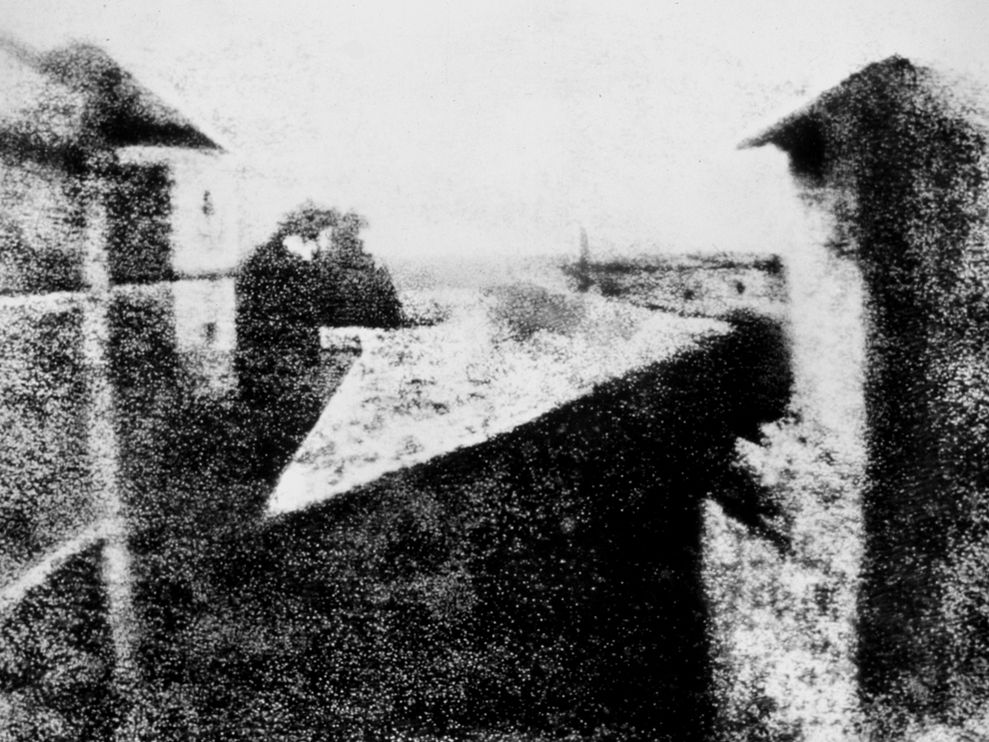
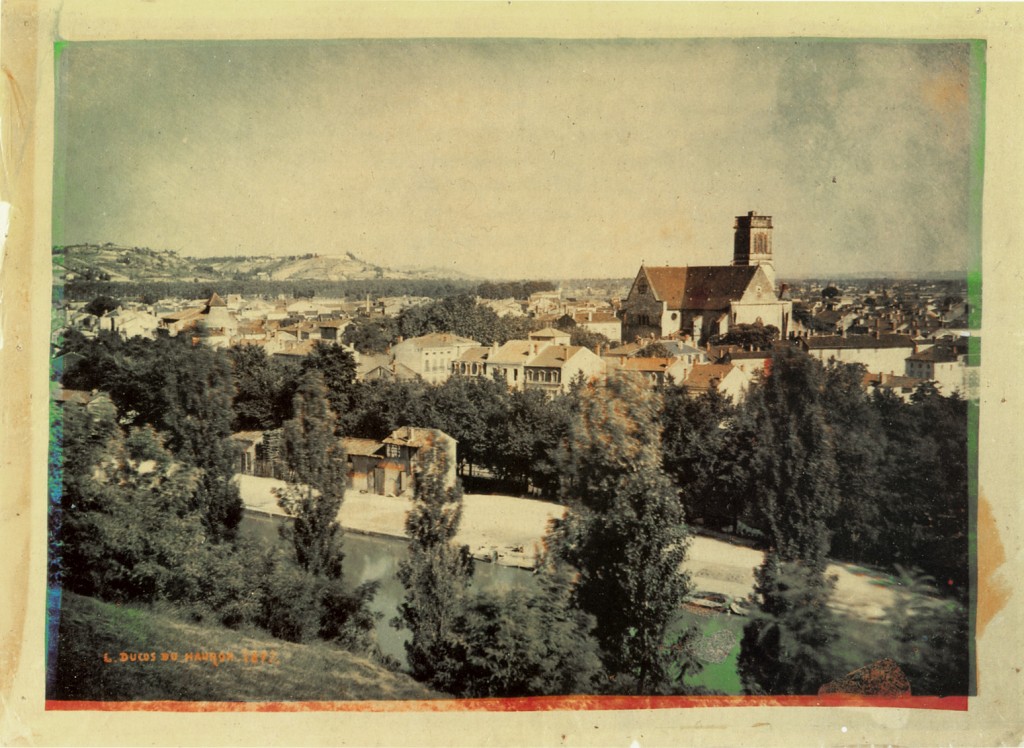
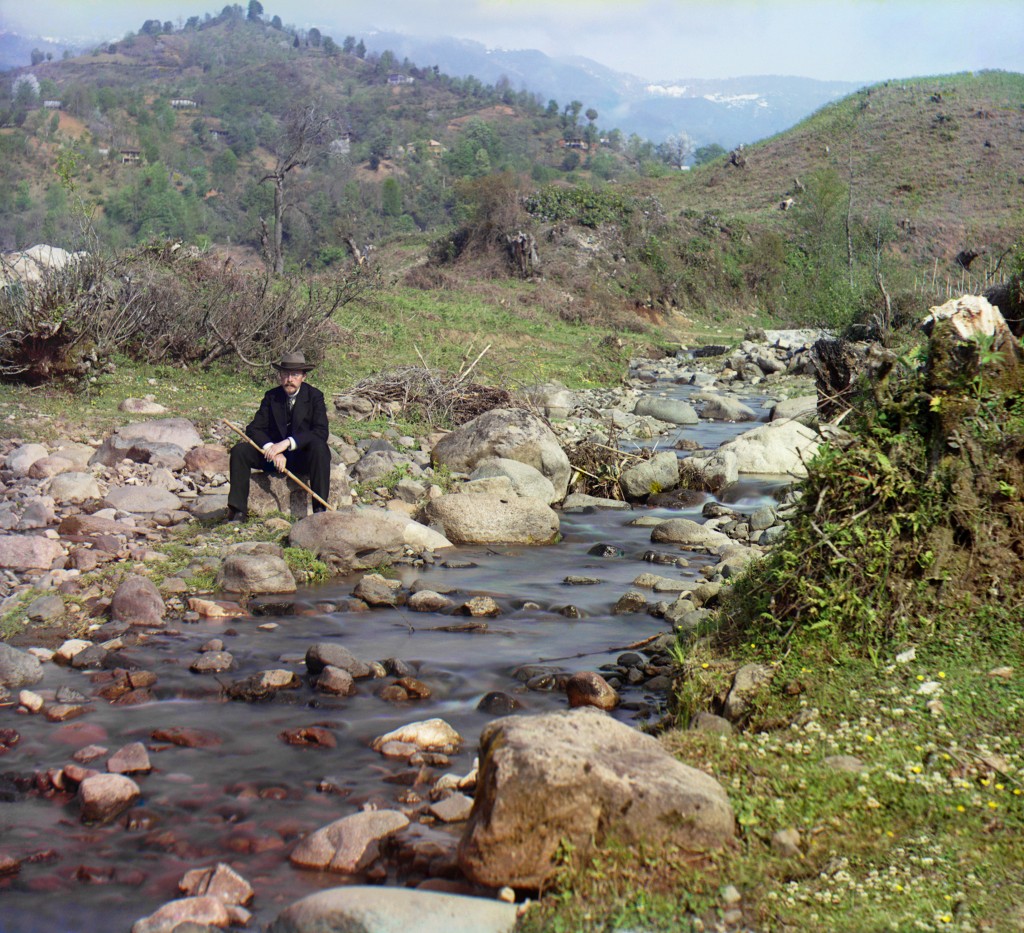
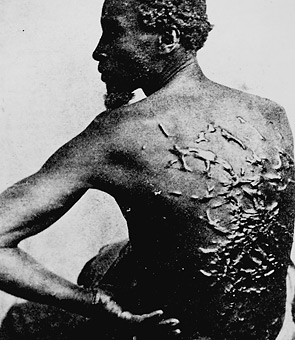
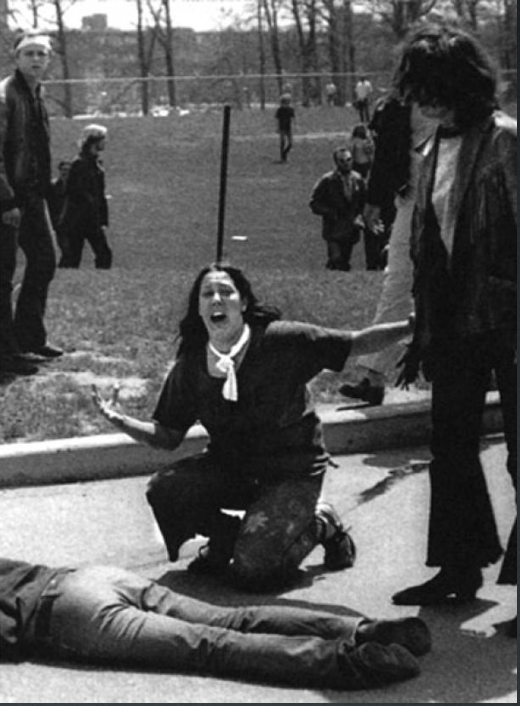
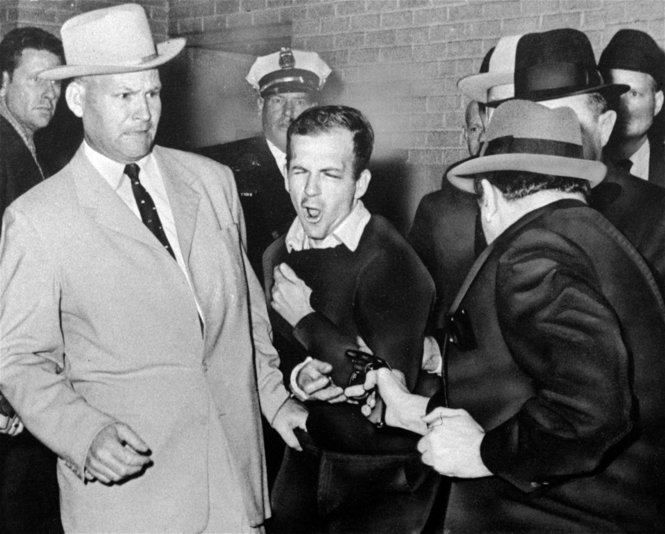
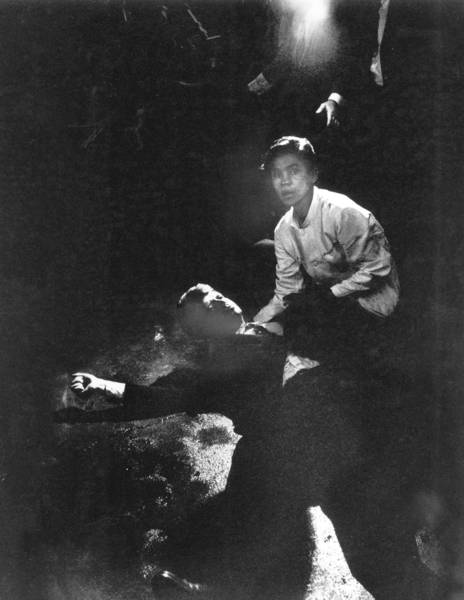
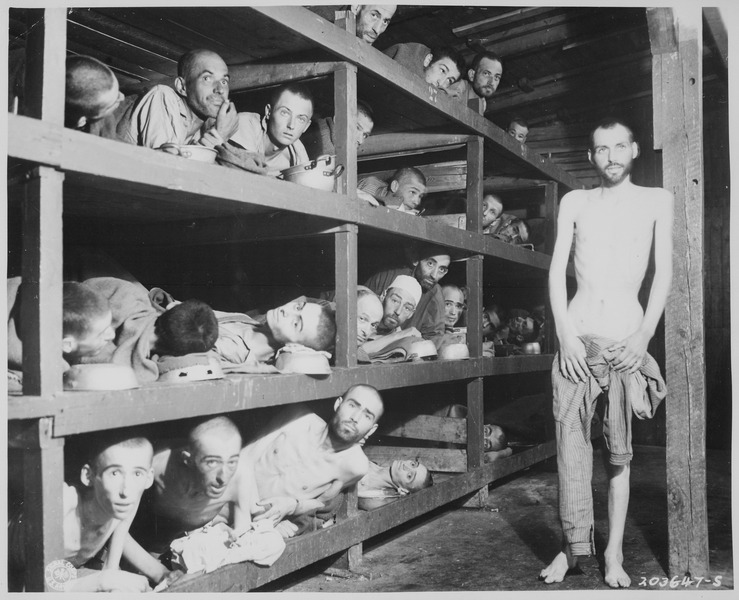


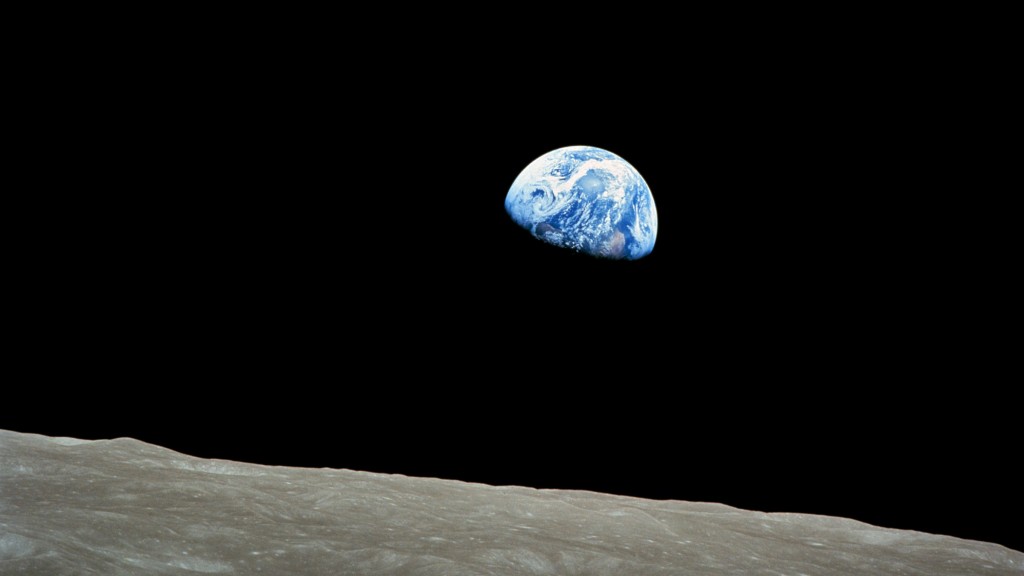
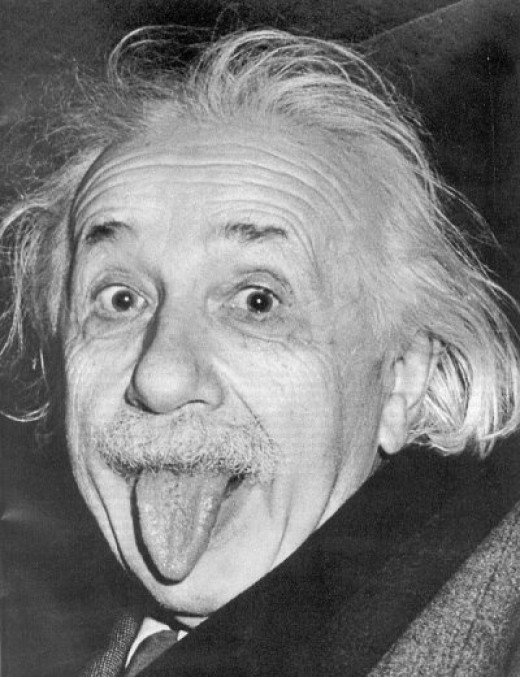
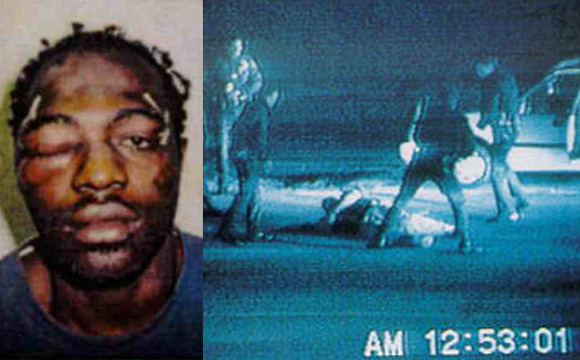
 Dan Satterfield has worked as an on air meteorologist for 32 years in Oklahoma, Florida and Alabama. Forecasting weather is Dan's job, but all of Earth Science is his passion. This journal is where Dan writes about things he has too little time for on air. Dan blogs about peer-reviewed Earth science for Junior High level audiences and up.
Dan Satterfield has worked as an on air meteorologist for 32 years in Oklahoma, Florida and Alabama. Forecasting weather is Dan's job, but all of Earth Science is his passion. This journal is where Dan writes about things he has too little time for on air. Dan blogs about peer-reviewed Earth science for Junior High level audiences and up.